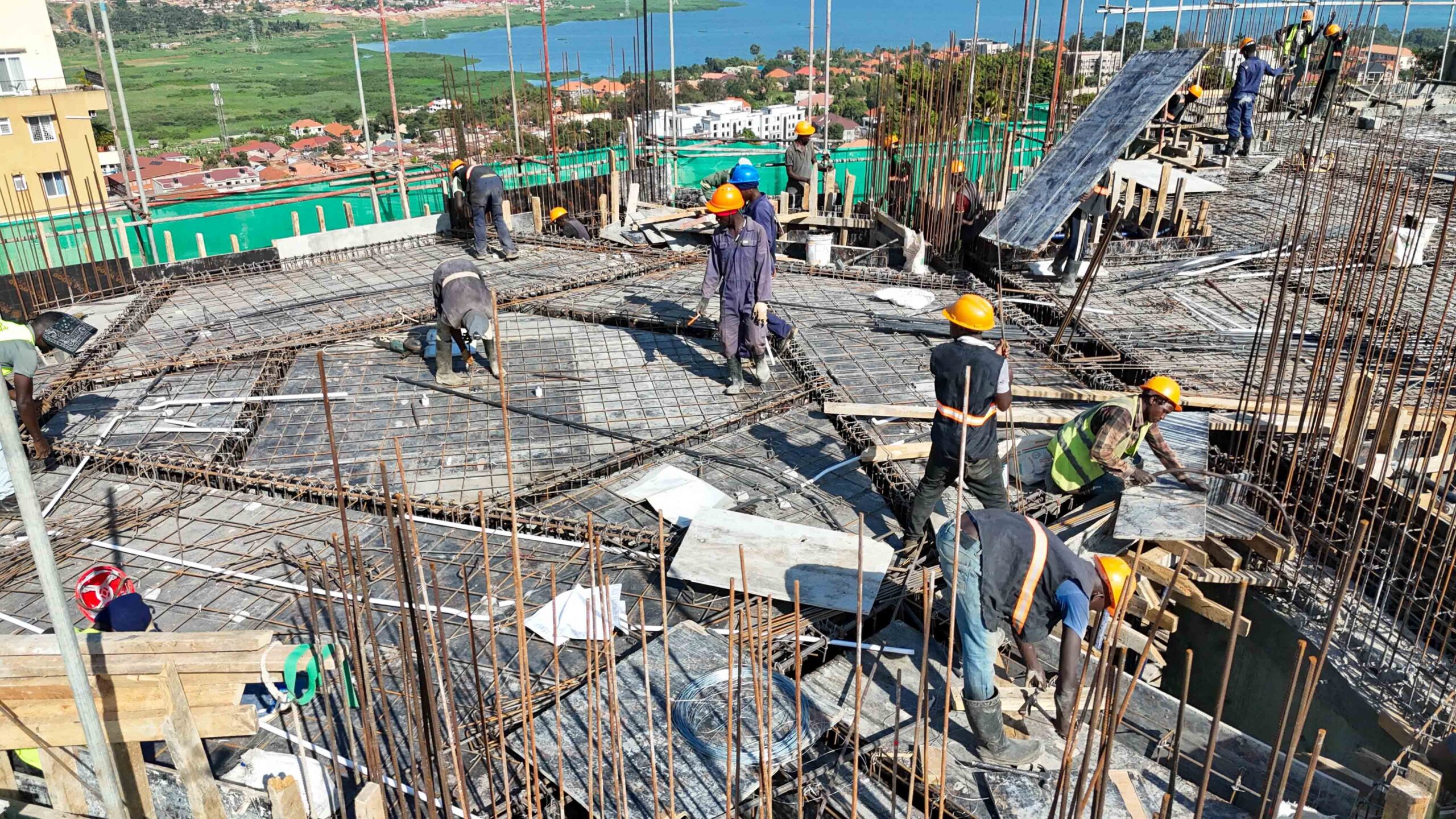As urban areas expand, the heat island effect becomes more pronounced. Cities often experience significantly higher temperatures than surrounding rural areas, primarily due to dense construction, limited vegetation, and heat-retaining materials. Architecture has the power to mitigate this through climate-sensitive design.
One approach is the use of cool roofing systems and high-albedo materials that reflect rather than absorb heat. These surfaces can significantly reduce indoor temperatures and energy demands. Building orientation also plays a crucial role—proper placement can minimize heat gain while maximizing natural ventilation.
Shading devices like overhangs, louvers, and pergolas protect buildings from direct sunlight, enhancing comfort and reducing reliance on air conditioning. Strategic façade design using materials with thermal mass properties can moderate indoor temperature fluctuations.
Designing for airflow within urban blocks and between buildings promotes natural cooling. Including vegetation not only adds shade but improves evapotranspiration, further cooling the environment.
Climate-sensitive architecture is a necessity in the modern urban context, ensuring cities remain livable even as temperatures rise.








